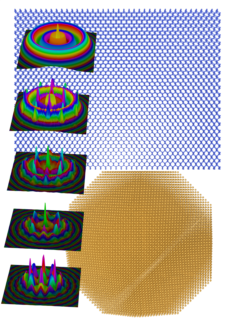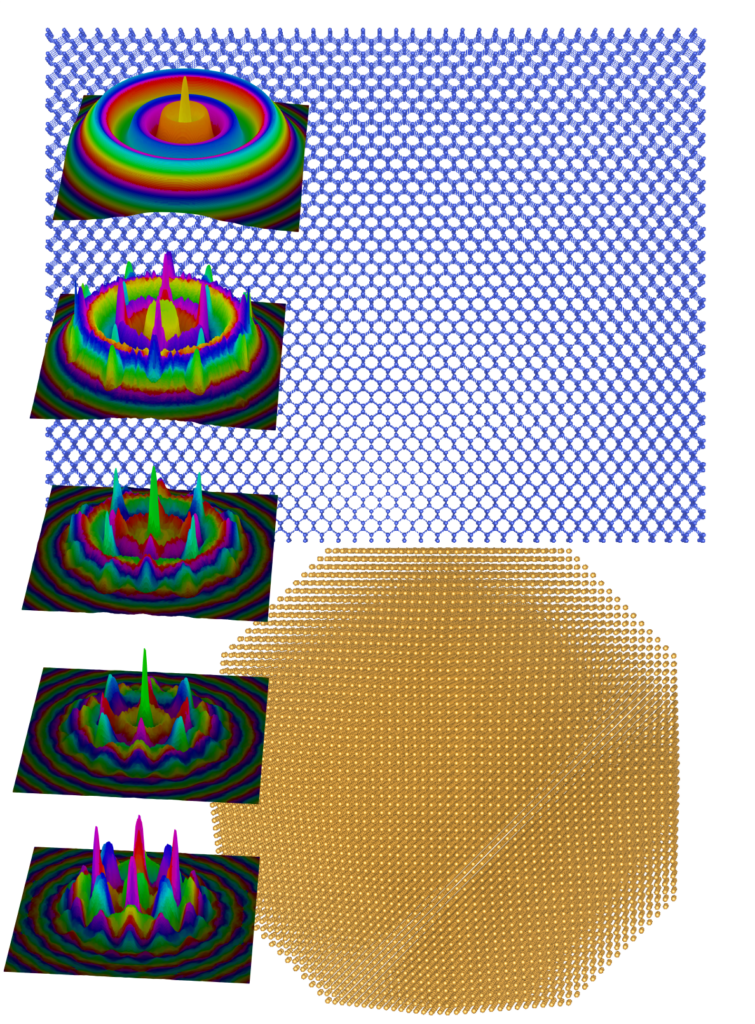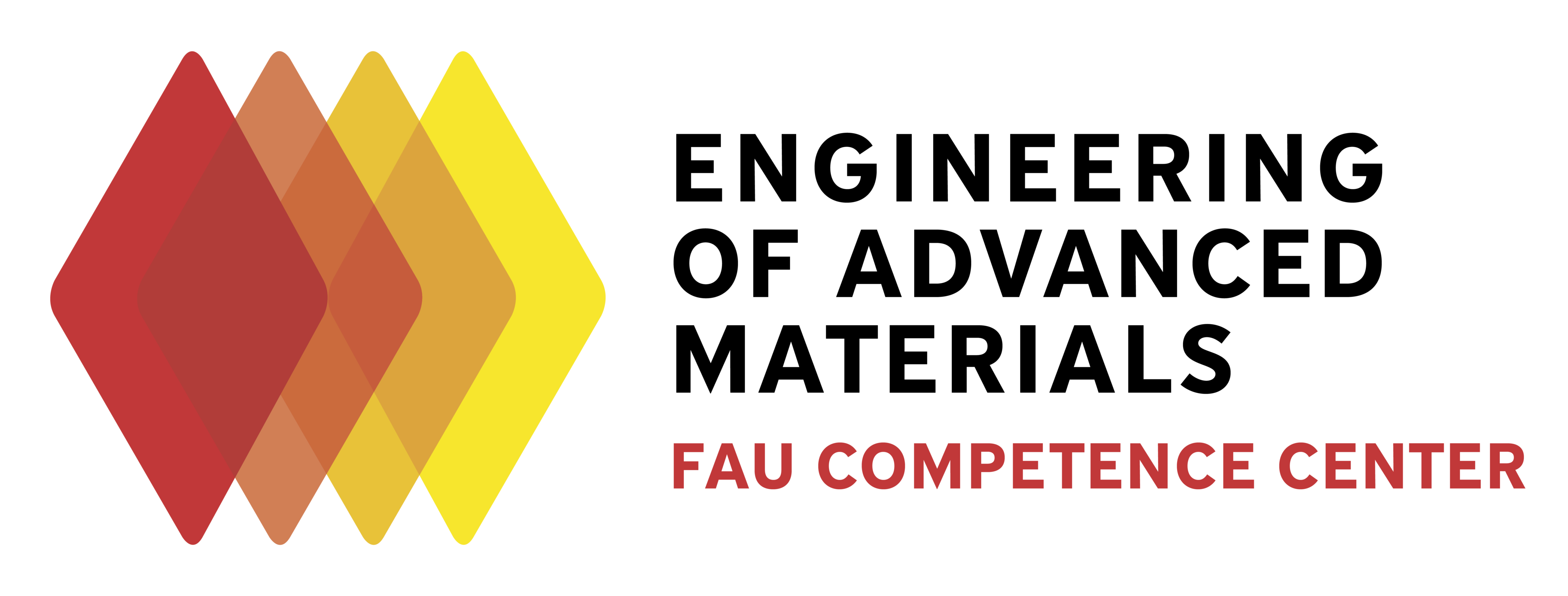EAM Starting Grant 2022/23 awarded

Also after the transition from EAM to the FAU Competence Unit EAM, we continou the support for excellent young FAU researcher in form of the EAM Starting Grants. The EAM starting grant should give the recipient the chance to pursue their own research projects and thus gaining a boost for a successful academic career. The grant is intended to bring new contributions and ideas into EAM’s research activities and aims at encouraging awardees to use the grant as seed funds for the preparation of new proposals. For 2022-23 the following awardee was choosen:
Scattering-Enhanced Electron Microscopy: boosting resolution and throughput by imaging through scattering materials
Prof. Dr. Philipp Pelz, 37
Tenure-Track Professor at the Institute of Micro- and Nanostructure Research
State-of-the-art three-dimensional electron microscopy provides atomic-level detail of ultrathin nanoscale materials, enabling materials modeling and property prediction from first principles. However, scale-bridging three-dimensional imaging with atomic-level detail has proven challenging due to instrument instabilities and hard-to-interpret multiple-scattering effects.

Strong coherent scattering of electrons by materials, here a Gold nanoparticle below a single-crystalline substrate,
will be utilized in the ScatterEM project to enhance and accelerate electron microscopy methods.
Copyright: Philipp Pelz
This project targets these limitations by co-designing strongly scattering crystalline substrates and interference-based computational microscopy schemes that solve the material structure under multiple scattering conditions. Specifically, this project will enhance the 3D atomic resolution imaging throughput of crystalline materials by more than 50-fold by eliminating the need to sample the atomic lattice through interference-based computational imaging. Combined with tomographic data acquisition, this will enable atomic-resolution 3D imaging of thin films with micrometers of field of view and micro- to atomic scale zoom.
Contact: Prof. Dr. Philipp Pelz, philipp.pelz@fau.de
